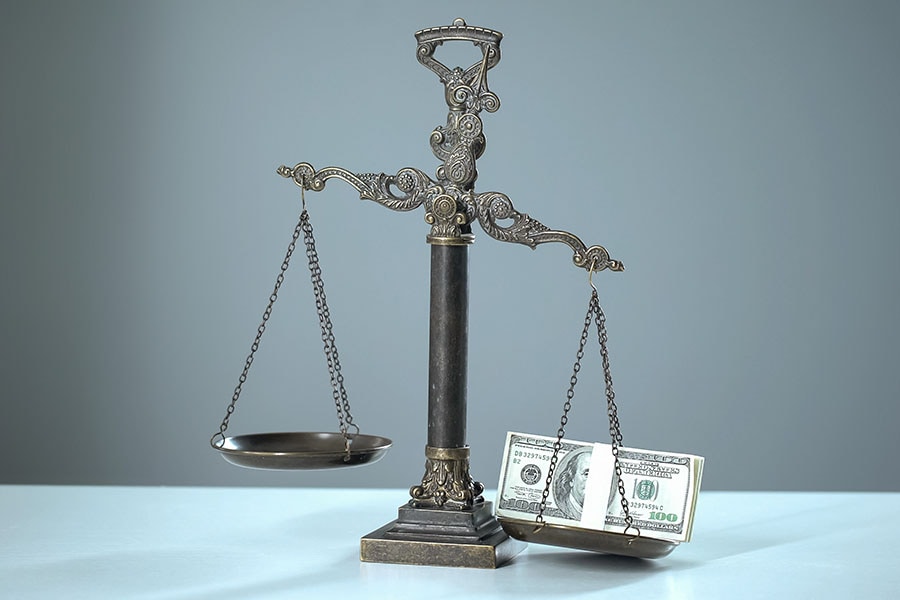
Petro-Yuan or Petro-BRICS: The need for better alternative reserve currencies to break dollar dominance
The dominance of the US dollar has been causing increasing problems for economies around the world. As a result, there is a growing undercurrent of interest in finding alternative reserve currencies. China is pushing for the yuan to become a reserve currency, but a possible BRICS+ Central Bank Digital Currency (CBDC) may have the edge
 US's attempt to counter domestic inflation by coming out of the zero rate era led to severe distortions in the global currency markets due to the dollar strengthening.
Image: Shutterstock
US's attempt to counter domestic inflation by coming out of the zero rate era led to severe distortions in the global currency markets due to the dollar strengthening.
Image: Shutterstock
The tremendous hold of the US dollar—which along with the Euro, is 80 percent of the world's reserve currency assets—has become increasingly problematic for economies worldwide. This was already an issue after the 2008 financial crisis and the subsequent zero percent rate era, leading to distortions of asset prices. The post-pandemic era has aggravated the issue.
First, the weaponisation of the dollar by the US, especially seizing Russian reserve dollar assets, reminded the world of the reach and dependence on the dollar.
Moreover, the US's attempt to counter domestic inflation by coming out of the zero rate era led to severe distortions in the global currency markets due to the dollar strengthening. With the world's safest asset now yielding positive returns, global capital flowed to the dollar—it climbed ~15% percent against global currencies and ~30 percent against the Japanese Yen by late 2022. Central banks around the world could either increase rates with the US Fed (for example, RBI in India), sacrificing growth and yet get some currency depreciation; or hold rates but see their currency tumble (for example, Bank of Japan's stance and the Yen's great fall).
With commodities priced in dollars (for example, oil), their prices fell in dollar terms but not necessarily in terms of other currencies due to their exchange rate depreciation. Effectively, the US distributed some of its price rise to other countries via exporting inflation.
De-dollarisation or dollar+X, and Petro-Yuan
The solution to the compounding problems of Dollar dominance is not de-dollarisation in a conventional way, i.e. replacing the dollar entirely as a reserve asset. A more viable solution instead is dollar+X, i.e., diversification. Similar to how the solution of supply chain overdependence on China is China+X in manufacturing.
[This article has been reproduced with permission from SP Jain Institute of Management & Research, Mumbai. Views expressed by authors are personal.]







